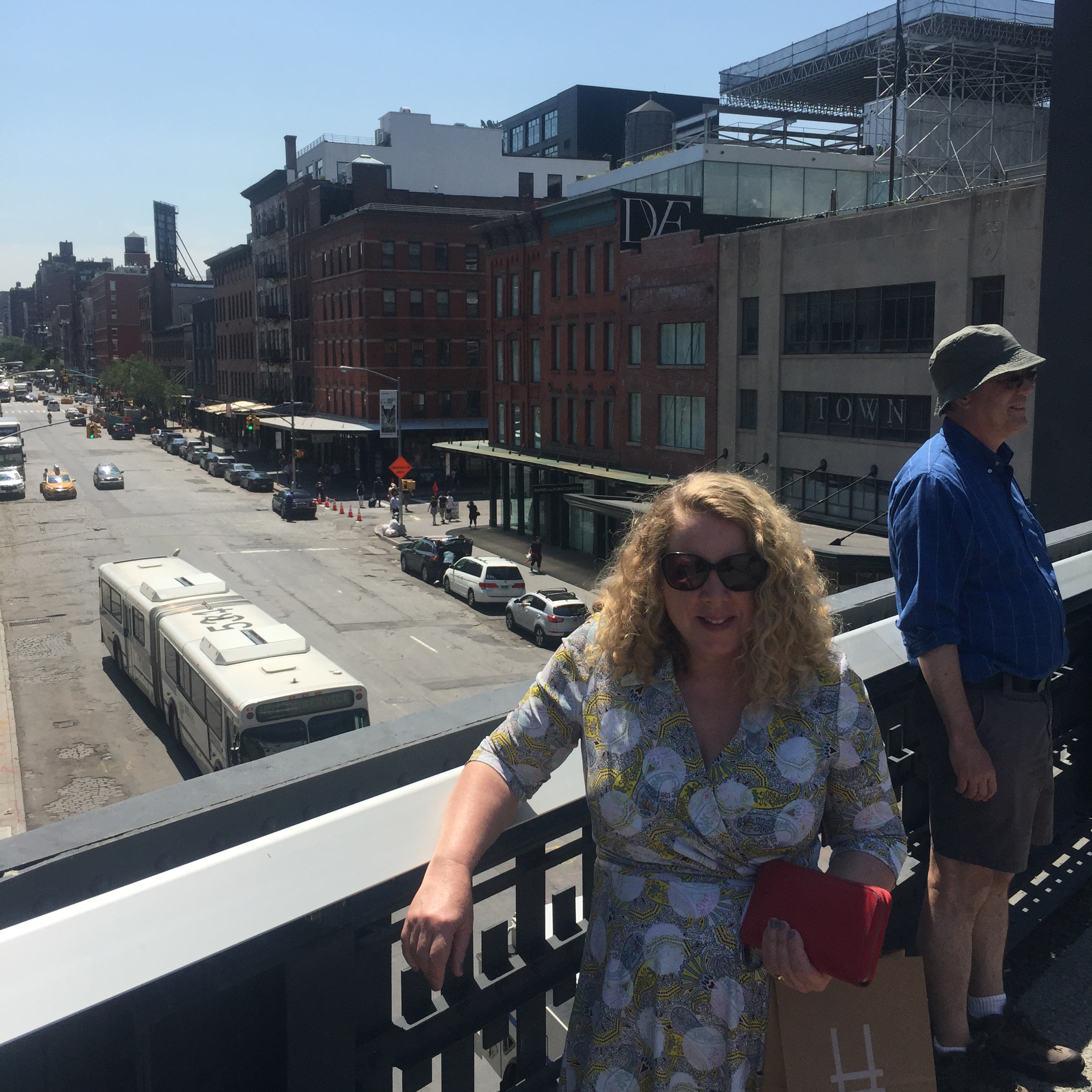
Brand + Business x Christine Moody*
A couple of weeks ago I launched my book, Designer Law School. Legal lessons for design entrepreneurs. It’s a book I started ‘on the side’ while completing my QUT Masters Thesis. I had set out to help designers and entrepreneurs to better understand the law and what lawyers do.
For the book, I interviewed lawyers face-to-face, asking each of them the same 10 questions, such as, “How do you find the right lawyer?” and “When do designers need to call a lawyer?”. The information gleaned from these interviews formed an important part of the book. So I was elated when the guests attending the book launch, many of whom were lawyers, expressed that my book would really help their clients.
What really struck me though is that the book—or more accurately the process of researching the book—revealed other potential benefits and opportunities for law firms not just their clients.
It revealed real opportunities for law firms to be innovative and gain a competitive edge, in an age when the practice of law is rapidly changing.
These opportunities start with ‘design thinking’.
You see, during the research and interview process, I spent a lot of time in law firm lobbies.
While waiting for each interviewee, I couldn’t help but look at each law firm from a design thinking perspective. I took the time to observe and note how I was greeted, what the background music was and what sort of design was utilised in the lobby space. I was adopting design thinking methodology and honing in on the ‘client experience’.
To understand design thinking methodology is to understand things from your client’s perspective
To understand design thinking methodology is to understand things from your client’s perspective. This understanding leads to revealing latent needs, as well as potential products and services, and different ways to deliver legal services. It leads to innovation.
Instead of sitting in the lobby checking my emails and social media posts, I sit and observe—no matter where I am. Whether it’s an airport, hotel, or sidewalk cafe, these spaces are perfect for observing trends and how people behave ‘in the wild’.
If you want to innovate, get out onto the streets, visit art galleries, sit in cafes, and just observe. Lawyers can do this by visiting clients’ premises and observing how they work and how they do things. I mean not just asking questions but keeping your eyes open to what is happening around you.
With the disruption of traditional law firms happening already, many lawyers are struggling to know what to do and how to innovate to stay relevant in today’s marketplace.
Employing design thinking methodologies in your organisation enables you to see opportunities that you never noticed or identified previously.
It not only gives structure to innovation but also ensures that the organisation is sustainable in the future.
It really can be as simple as having your eyes and ears wide open.
…………………………………………….
*Christine Moody is one of Australia’s leading brand strategists and the founder brand management consultancy, Brand Audits. With more than 30 years’ professional experience, Christine has helped a diverse client base of local and international brands, including Gold Coast City Council, Hilton Hotels, and Wrigleys USA, to develop, protect and achieve brand differentiation. Her particular interest is personal brand audits to assist executives realise their full potential. She is also an author and a law student.
For more information: chris.moody@brandaudits.com.au or +61 419 888 468. …………………………………………….
About—Designer Law School. Legal lessons for design entrepreneurs
(Stockists Folio Books: Folio@FolioBooks.com.au; iBook store; and Amazon)

 Brand + Business x Christine Moody*
Brand + Business x Christine Moody*






